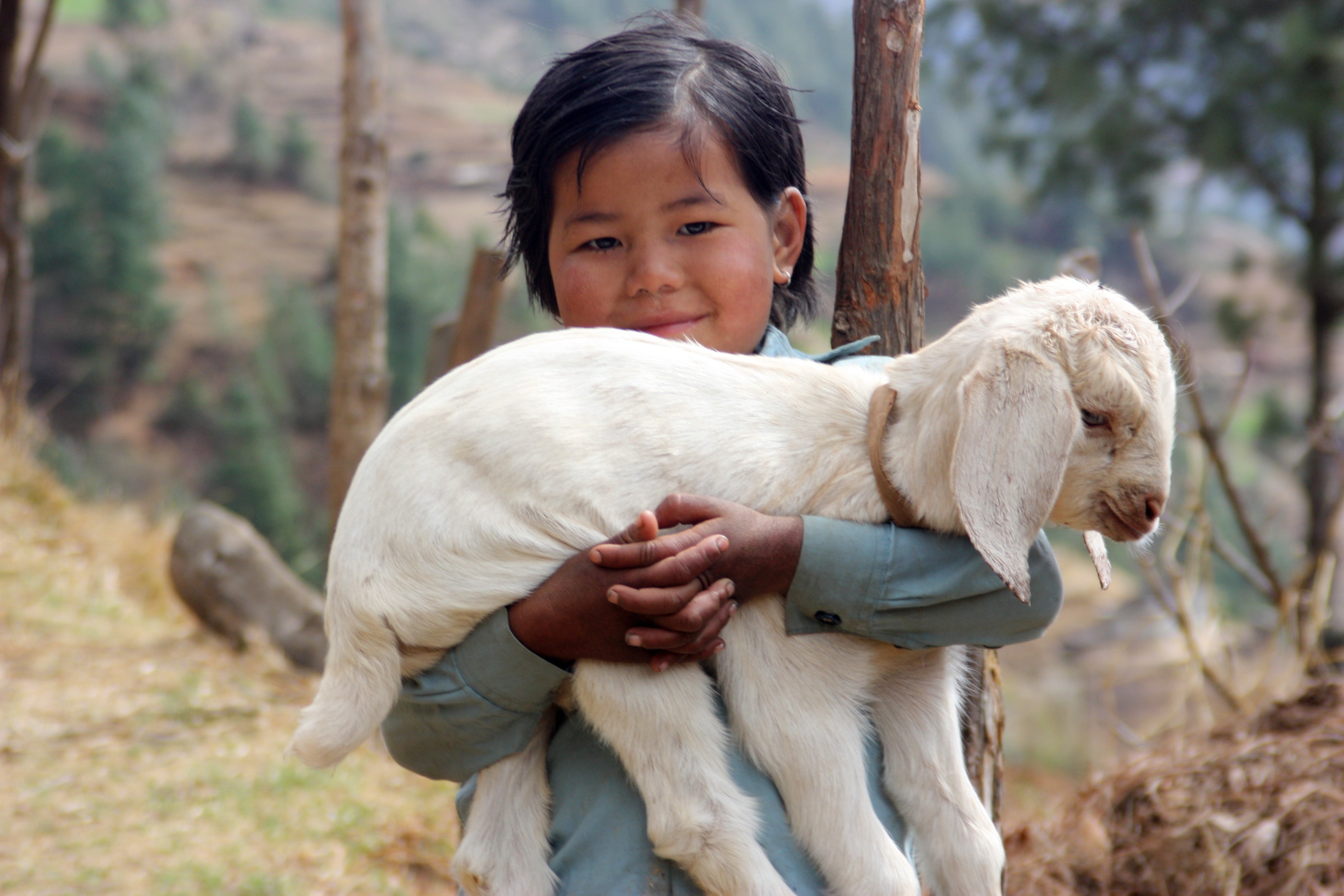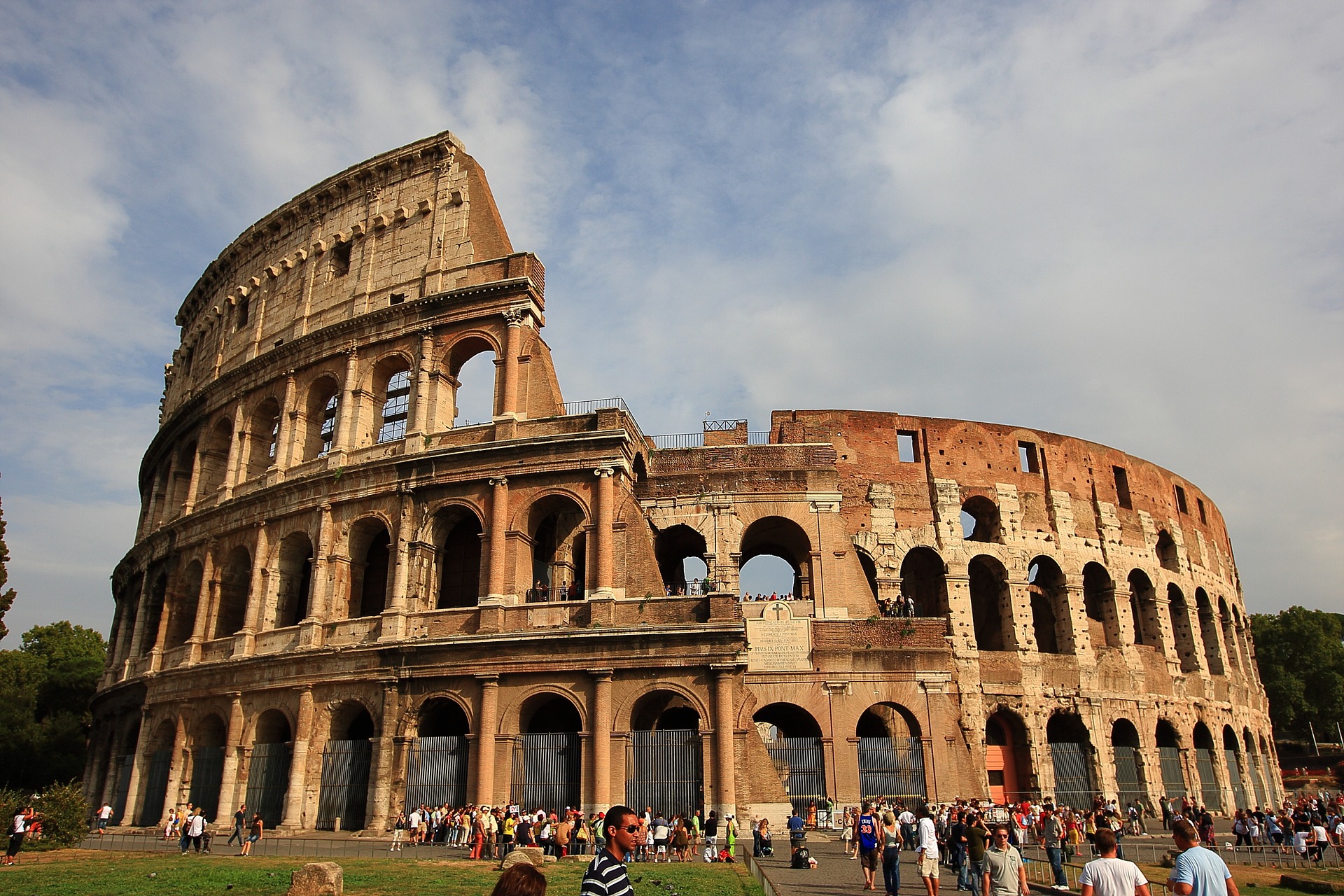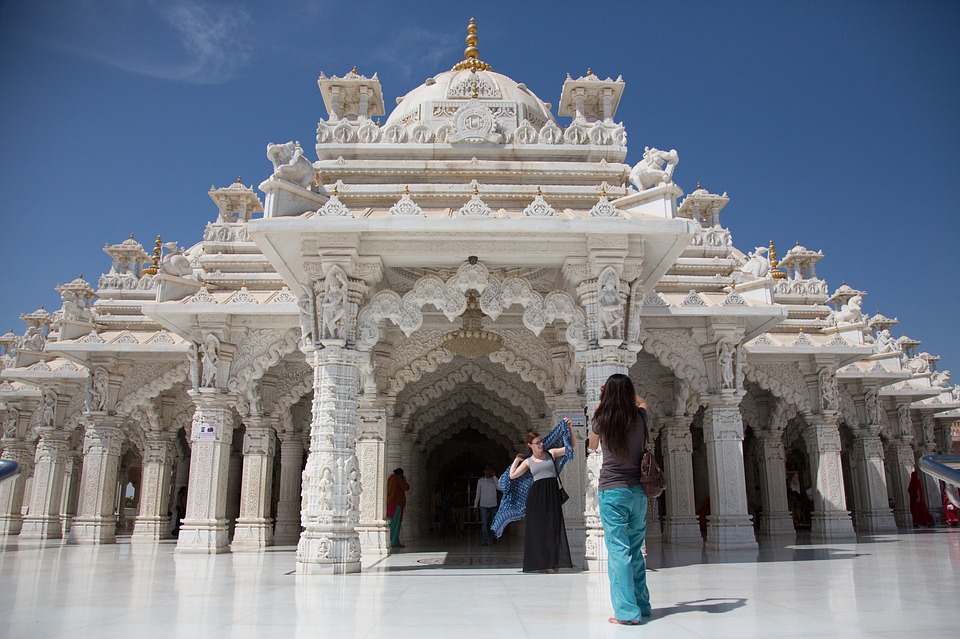Utah is home to some of the most breathtaking landscapes in the United States, making it a top destination for camping enthusiasts. The state boasts the iconic Mighty Five national parks: Arches, Zion, Bryce Canyon, Canyonlands, and Capitol Reef. For those seeking a deeper connection with nature, camping in Utah’s national parks—especially in an RV—offers the perfect balance of comfort and adventure.
In this guide, we’ll explore everything you need to know about camping in Utah’s national parks, ensuring an unforgettable trip through this rugged and diverse state.
With well-maintained roads, stunning viewpoints, and numerous RV-friendly campgrounds, Utah is an ideal place for RV travelers. Whether you’re a seasoned RV camper or a first-timer, this guide will help you plan your trip and make the most of your journey through Utah’s natural wonders.
1. Overview of the Mighty Five Utah’s National Parks
Camping in Utah’s national parks is an epic experience. This spring and fall, take a drive between the parks or put up your camp for the best wilderness soiree.
Here’s a brief overview of the Mighty Five national parks in Utah.
⁍ Arches National Park
76,679 acres | over 2,000 natural arches | established in 1971
Arches National Park is renowned for its over 2,000 natural stone arches, making it a paradise for photographers and hikers. Some of the most iconic landmarks include the Delicate Arch and the Landscape Arch.
The park offers a mix of RV-accessible campgrounds, with the Devils Garden Campground being the most popular. Its central location makes it an excellent base for exploring the park’s trails, but be sure to book early as spots fill up fast, especially during spring and fall.
⁍ Zion National Park
146,597 acres | towering cliffs and slot canyons | established in 1919
Known for its towering sandstone cliffs, Zion National Park offers unparalleled views and some of the most famous hiking trails in the country, such as Angels Landing and The Narrows.
RV travelers will find convenient campsites, including Watchman Campground, located near the south entrance, which provides easy access to the park’s shuttle system. Zion’s popularity peaks in summer, so plan ahead to secure your campsite.
⁍ Bryce Canyon National Park
35,835 acres | famous for hoodoo formations | established in 1928
Bryce Canyon is famous for its stunning hoodoos—tall, thin spires of rock that create an otherworldly landscape. The park’s high elevation provides cooler temperatures, making it a popular summer destination.
For RV travelers, North Campground and Sunset Campground are great options, both located near the canyon’s rim with easy access to hiking trails and viewpoints. Nighttime stargazing in Bryce is also a major highlight due to its remote location and dark skies.
⁍ Canyonlands National Park
337,598 acres | divided into four districts | established in 1964
Canyonlands offers a more remote and rugged experience compared to other parks. Divided into districts, the Island in the Sky is the most accessible for RV travelers, with the Willow Flat Campground being the go-to spot for RV camping.
The park’s remote location means fewer crowds, making it perfect for those seeking solitude and expansive views of canyon networks. Be prepared for primitive camping, as amenities are limited.
⁍ Capitol Reef National Park
241,904 acres | known for the Waterpocket Fold | established in 1971
Capitol Reef is often considered Utah’s hidden gem, with fewer crowds but equally stunning landscapes. The park is known for its striking red rock formations and historic orchards in the Fruita district.
RV campers can stay at the Fruita Campground, which offers basic amenities and is centrally located for exploring the park’s scenic drives and hiking trails. Spring and fall are the best times to visit, as summer can be hot.
2. Best Time to Visit Utah’s National Parks
While each season offers something unique, fall (September to November) stands out as the best time to visit Utah’s national parks. During fall, temperatures are mild, typically ranging from 60°F to 80°F, making it perfect for hiking and outdoor activities without the intense heat of summer. Additionally, fall brings fewer crowds, allowing RV travelers to enjoy a more peaceful experience while still having full access to campgrounds and services.
Spring (March to May) is another great option, especially for those looking to witness Utah’s vibrant wildflower blooms. Temperatures are mild, and the parks are less crowded compared to summer. However, higher elevations like Bryce Canyon may still experience snow in early spring, so check road conditions in advance.
Summer, although popular, can be challenging due to the heat, especially in lower elevation parks like Arches and Canyonlands, where temperatures can exceed 100°F. It’s also the busiest season, requiring RV travelers to book well in advance.
Winter, with daytime temperatures between 30°F to 50°F, provides a quiet, snow-covered landscape in parks like Bryce and Zion, though accessibility is limited and some campgrounds may close.
3. Planning Your RV Trip To Utah’s National Parks
Proper planning is essential for making the most of your RV camping adventure in Utah’s national parks. From packing the right gear to understanding the road conditions, each detail plays a crucial role in ensuring a smooth trip.
Here’s a breakdown of what to consider when planning your RV trip.
What to Pack for an RV Trip to Utah’s National Parks
RV travel offers more comfort compared to tent camping, but packing essentials is still key. Here are some items to make sure you bring:
- Water and food supplies: While many campgrounds offer basic amenities, having your own water and food storage is essential, especially in remote parks like Canyonlands and Capitol Reef.
- First aid kit: Always carry a comprehensive first aid kit, including supplies for minor cuts, insect bites, and emergency medications.
- RV maintenance tools: Bring spare tires, tire pressure gauges, and basic tools to handle unexpected repairs.
- Camping gear: While you’re in an RV, items like portable chairs, outdoor tables, and solar-powered lights can enhance your experience at campgrounds.
- Weather-appropriate clothing: Temperatures can vary greatly, so pack layers for both hot daytime hikes and cooler nights, especially in high-elevation parks like Bryce Canyon.
Why Rent an RV in Salt Lake City?
Renting an RV in Salt Lake City is the ideal way to kickstart your adventure through Utah’s national parks. The city serves as a convenient hub, with easy access to major highways leading to Arches, Zion, Bryce Canyon, and more. Salt Lake City also offers a wide variety of rental options, from small campervans to larger motorhomes, making it perfect for any type of traveler.
Starting your journey here means you’re just hours away from breathtaking destinations, and picking up your RV in Salt Lake City ensures you have everything ready for the road ahead. For a smooth rental process, we recommend renting your RV with Motorhomeland, where you can compare the best options and secure the right vehicle for your trip. Booking early guarantees availability, especially during peak seasons, and ensures you’ll be set to explore Utah’s magnificent landscapes in comfort.
Navigating Utah’s Roads in an RV
Utah’s roads are generally well-maintained, but some routes, especially in parks like Capitol Reef and Canyonlands, can be challenging for large RVs. Here are a few tips for navigating:
- Check road conditions: Before embarking on your trip, check road conditions online, especially in spring and winter when roads may close due to snow or rockfall.
- Use designated RV parking: Most national parks have specific parking areas for RVs. Be sure to research ahead and know where to park, particularly in busy parks like Zion and Arches.
- Plan fuel stops: Some areas in Utah, especially near Capitol Reef and Canyonlands, have limited gas stations, so it’s important to plan your refueling stops in advance.
Booking Campsites in Advance
Utah’s national parks are popular, and campsites, particularly those that are RV-friendly, can fill up fast. Booking in advance is crucial, especially during peak seasons (summer and fall). Many national park campgrounds offer online reservations through the Recreation.gov website.
- Popular campgrounds: Campgrounds like Devils Garden in Arches, Watchman in Zion, and North Campground in Bryce Canyon are in high demand. Try to book several months ahead to secure your spot.
- Alternative options: If park campgrounds are full, consider staying at nearby private RV parks or Bureau of Land Management (BLM) campgrounds. These often provide more availability and are close to the parks.
- First-come, first-served sites: Some parks offer first-come, first-served campgrounds. If you plan to use these, arrive early in the morning to secure a spot.
4. RV Campsites and Amenities in Utah’s National Parks

Utah’s national parks are well-equipped with RV campgrounds, offering a range of amenities for both novice and experienced campers. However, each park has its own unique camping experience, with some offering full hookups while others provide more primitive settings. Below is a detailed guide to the best RV-friendly campgrounds in Utah’s national parks.
Arches National Park: Devils Garden Campground
Located 18 miles from the park entrance, Devils Garden Campground is the only campground within Arches. It offers 51 sites, many of which are suitable for RVs up to 40 feet long. While there are no electrical, water, or sewer hookups, the campground provides potable water and flush toilets. The real draw of Devils Garden is its location—it sits right next to some of Arches’ most iconic hiking trails, including the Landscape Arch Trail.
- Max RV length: 40 feet
- Hookups: None
- Amenities: Potable water, picnic tables, grills, and flush toilets
- Reservations: Required; book months in advance during spring and fall
Zion National Park: Watchman Campground
Watchman Campground is located near Zion’s south entrance, just a short walk from the visitor center and shuttle stops. With 95 RV sites offering electrical hookups, it’s one of the more developed campgrounds in Utah’s national parks. Watchman is open year-round, and its proximity to Zion Canyon makes it a convenient base for exploring the park’s famous trails. The Virgin River runs adjacent to the campground, offering serene views and easy access to the water.
- Max RV length: 40 feet
- Hookups: Electrical (no water or sewer)
- Amenities: Restrooms, potable water, dump station, picnic tables, grills
- Reservations: Required; can be booked six months in advance
Bryce Canyon National Park: North Campground
Bryce Canyon’s North Campground is located just a short walk from the park’s visitor center and offers 13 RV sites with electrical hookups. The sites are spread out, providing campers with a bit of privacy. North Campground is open year-round, and its proximity to the rim of Bryce Canyon makes it a popular choice. Stargazing at night is a highlight, thanks to the park’s remote location and dark skies.
- Max RV length: 35 feet
- Hookups: Electrical (no water or sewer)
- Amenities: Flush toilets, potable water, picnic tables, dump station
- Reservations: First-come, first-served
Canyonlands National Park: Willow Flat Campground
Willow Flat Campground in the Island in the Sky district is a more primitive RV camping experience, with only 12 sites available. There are no hookups, and the only amenities are picnic tables and vault toilets. However, the campground offers easy access to scenic overlooks like the Green River Overlook, making it a prime spot for those seeking solitude and dramatic landscapes. Since there are no reservations, arriving early is essential.
- Max RV length: 28 feet
- Hookups: None
- Amenities: Vault toilets, picnic tables, grills
- Reservations: First-come, first-served
Capitol Reef National Park: Fruita Campground
Fruita Campground is one of the most picturesque campgrounds in Utah, located in an orchard that dates back to the late 1800s. It offers 71 RV sites, none of which have hookups, but potable water, flush toilets, and a dump station are available. Fruita is centrally located in Capitol Reef and offers easy access to scenic drives, hiking trails, and the historic Gifford Homestead. The campground’s shaded sites, thanks to the surrounding fruit trees, make it a comfortable option even in warmer months.
- Max RV length: 52 feet
- Hookups: None
- Amenities: Flush toilets, potable water, dump station
- Reservations: Required; can be booked six months in advance
5. Safety and Sustainability Tips In Utah’s National Parks
Exploring Utah’s national parks by RV offers an incredible adventure, but it’s important to be mindful of both safety and sustainability to ensure you have a safe, enjoyable trip while minimizing your impact on the environment. Here are some key tips to follow:
Safety Tips for RV Travelers
While RV travel provides comfort and convenience, it’s essential to follow safety protocols, especially in remote areas. Here’s what you need to keep in mind:
- Know your RV’s limitations: Always be aware of your RV’s size, weight, and height restrictions, especially when navigating roads with tight turns, narrow tunnels, or low bridges (e.g., the Zion-Mount Carmel Tunnel).
- Prepare for emergencies: Carry extra fuel, a spare tire, and a toolkit. Cell service can be unreliable in remote areas, so consider a satellite phone for emergencies.
- Be cautious of wildlife: When driving through parks like Yellowstone or Capitol Reef, wildlife frequently crosses roads. Always drive slowly and keep a safe distance from animals.
- Stay hydrated: Utah’s desert climate can lead to dehydration, especially in summer. Keep plenty of water on hand, both for drinking and for your RV.
- Observe fire safety: Utah can be dry and prone to wildfires. Always check fire restrictions and ensure campfires are fully extinguished before leaving.
Sustainability Tips: Leave No Trace
Practicing sustainability is key to preserving the beauty of Utah’s national parks for future generations. By following the principles of Leave No Trace, you can minimize your impact while enjoying these incredible landscapes:
- Dispose of waste properly: Always use designated dump stations for RV waste, and pack out all trash, including food scraps, to avoid harming wildlife.
- Stick to designated campsites: To protect fragile environments, camp only in established campgrounds and avoid creating new campsites.
- Minimize campfire impact: Use a camp stove instead of a fire, or only use established fire rings. Keep fires small and never leave them unattended.
- Respect wildlife: Keep your distance and never feed animals. Human food can harm wildlife and disrupt their natural behaviors.
- Conserve water: Water is a precious resource in desert environments. Limit water use by taking shorter showers and reusing water when possible.
By following these safety and sustainability tips, you can ensure a responsible and enjoyable RV trip in Utah’s national parks, preserving the natural beauty for future adventurers.
6. Activities Beyond Camping In Utah’s National Parks

While camping in Utah’s national parks is an unforgettable experience, there are countless activities to enhance your adventure. Whether you’re into hiking, biking, or exploring the surrounding areas, Utah’s parks offer a wide range of options for RV travelers to enjoy beyond their campsite.
Hiking in the Mighty Five
Utah’s national parks are known for their incredible hiking trails, each offering unique landscapes and experiences:
- Angels Landing (Zion): A challenging hike with steep drop-offs but rewarded with panoramic views of Zion Canyon. Make sure to get a permit in advance as access is limited.
- Delicate Arch (Arches): A 3-mile round trip to one of the most iconic landmarks in the state. The best times to hike are early morning or late afternoon to avoid the midday heat.
- Queen’s Garden/Navajo Loop (Bryce Canyon): A moderate 2.9-mile loop that takes you down into the heart of the hoodoos, providing a unique perspective of Bryce Canyon’s famous rock formations.
- Upheaval Dome (Canyonlands): A 1.8-mile hike to a mysterious geological feature believed to be either a salt dome or the result of a meteor impact.
- Hickman Bridge Trail (Capitol Reef): A 2-mile round trip hike to a natural bridge that’s perfect for families and offers stunning views of Capitol Reef’s cliffs.
Biking in Utah’s National Parks
While biking is limited in some parks, there are still opportunities to explore certain areas on two wheels. Zion, for example, allows cyclists to ride on the scenic drive, and the shuttle will pick you up if needed. In Canyonlands, the White Rim Road is a popular route for experienced mountain bikers, offering a multi-day adventure through remote desert landscapes.
Water Activities in Utah’s National Parks
Utah’s desert environment doesn’t often bring water activities to mind, but there are still some great options:
- Virgin River (Zion): Try canyoneering or take a walk through the Narrows, where you’ll wade through the Virgin River as it carves its way through towering canyon walls.
- Green River (Canyonlands): Canoeing or rafting down the Green River provides a peaceful way to explore the park’s remote canyons. Multi-day trips are common and offer a unique perspective of Canyonlands’ rugged terrain.
Whether you’re hiking through hoodoos or biking scenic trails, there’s no shortage of adventures to be had beyond the campground in Utah’s Mighty Five and beyond.













